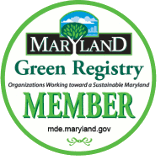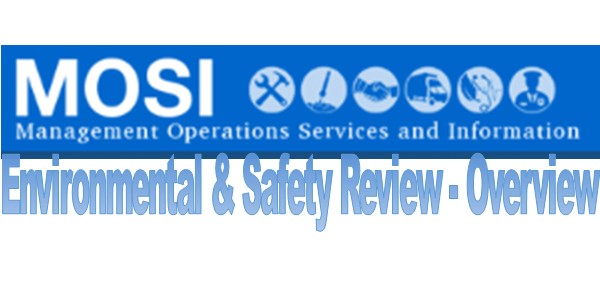Reduce, Reuse, Recycle, Rebuy
Why should I Reduce, Reuse, Recycle, Rebuy?
- Prevents pollution by reducing the need to harvest new raw materials
- Saves energy
- Reduces greenhouse gas emissions that contribute to global climate change
- Helps sustain the environment for future generations
- Saves money
- Reduces the amount of waste that will need to be recycled or sent to landfills and incinerators
- Allows products to be used to their fullest extent
- Reduce
-
The best way to manage waste is to not produce it in the first place. In an office setting, this can mean printing double-sided or using plug-in appliances rather than battery operated, where appropriate. Use reusable and washable mugs, glasses, utensils, and bags for food rather than disposable products. Also, whenever possible, buy in bulk to avoid extra packaging.
- Reuse
-
Reuse is an important part of the waste reduction hierarchy where an item can continue to serve its purpose, can serve a new purpose, or can be given to someone else to be repurposed.
A great way to reuse items at work is to join the Freecycle@NASA community. If you have office items you can no longer use or no longer want,Freecycle@NASA will help you find a new home for those items. This keeps items out of the landfill, reduces costs for both waste management and the purchase of new items, and helps Goddard reach its waste minimization goals.
Hazardous materials (HM) turned in by other Goddard employees are available for reuse. Visit the HM Reuse Center to learn more about these materials and the HM reuse program.
- Recycle
-
There are many reasons to recycle – conserving natural resources, saving energy, creating jobs, and reducing landfill costs as well as prolonging the need for new landfills. Recycling on center is available and vibrant. Please visit Goddard's recycling website to get center recycling information.
- Rebuy
-
Rebuying refers to buying products with recycled content, thus completing the circle of making old materials into new ones. In some instances, Goddard is required to “Buy Recycled” or follow other environmentally-friendly guidelines. Over the years, the programs under which these practices have been housed have changed names, known as affirmative procurement, environmentally friendly purchasing, green purchasing, or most recently, sustainable acquisition, which contains various aspects of procuring a product. You can visit two of the federal buying requirements by visiting our Sustainable Acquistion and Green Purchasing page.










